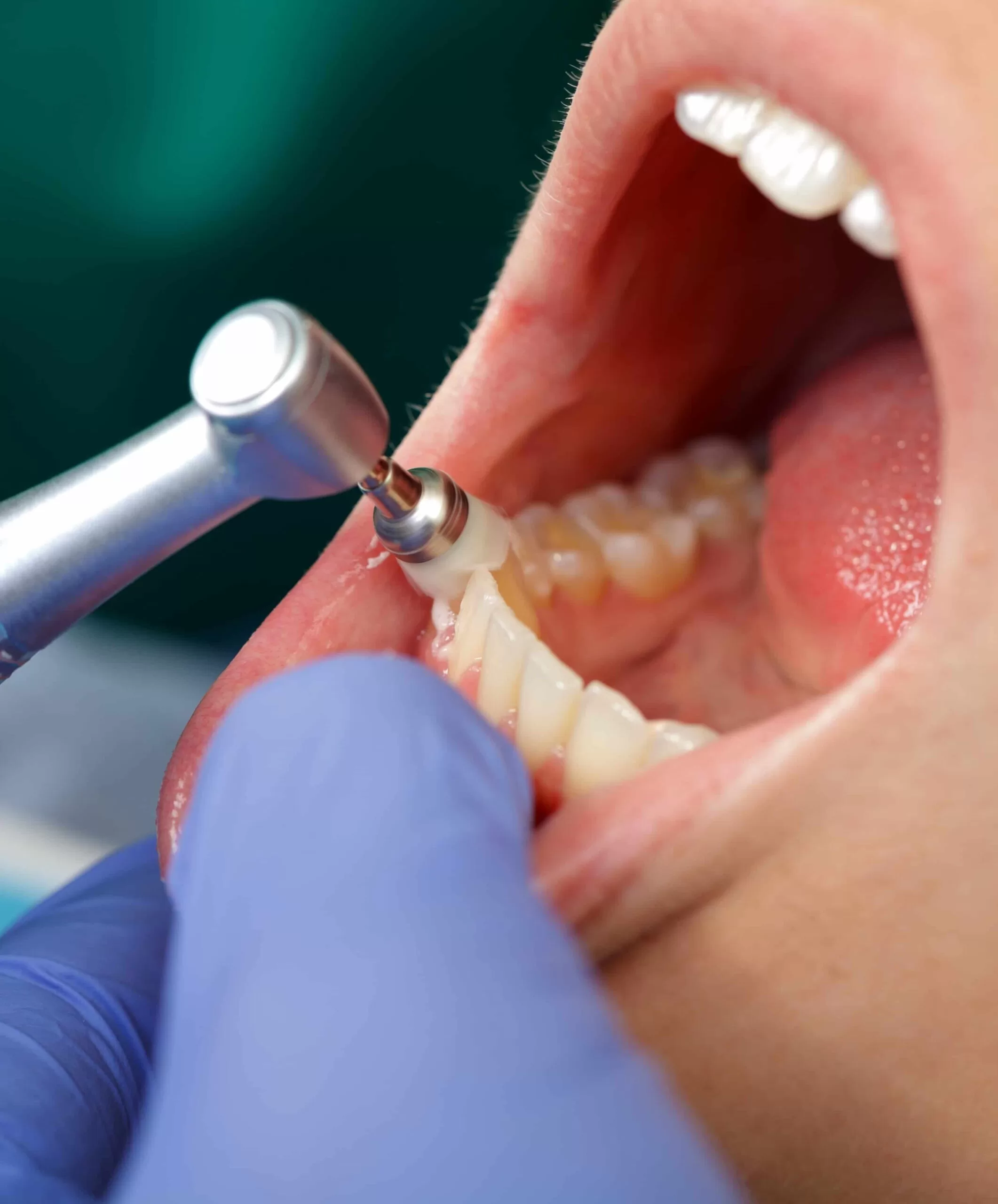What Is A Dental Prophylaxis

Dental prophylaxis, also known as a dental cleaning or prophylactic cleaning, is a preventive dental procedure designed to remove plaque, tartar, and stains from teeth, both above and below the gum line. This procedure is crucial for maintaining good oral health, preventing dental problems, and ensuring a healthy, beautiful smile.
The process typically begins with an initial examination by a dental hygienist or dentist, who assesses the patient’s oral health, including the condition of the teeth, gums, and any existing restorations such as fillings or crowns. This examination helps in identifying any areas of concern that may need special attention during the cleaning.
The Procedure
Removal of Plaque and Tartar: The first step involves the use of an ultrasonic device to remove plaque and tartar from the teeth. Plaque is a sticky film of bacteria that forms on the teeth, and if not removed, it can harden into tartar, which can only be removed professionally. The ultrasonic device uses high-frequency vibrations and water to break up and remove the tartar.
Scaling: This is essentially the same process as the removal of plaque and tartar but is often referred to when the procedure is focused on areas below the gum line. Scaling is crucial for preventing periodontal disease.
Polishing: After the removal of plaque, tartar, and stains, the teeth are polished using a prophylaxis polishing paste. This step helps in removing any remaining stains and smooths the surface of the teeth, making it more difficult for plaque to adhere.
Fluoride Treatment: Depending on the patient’s oral health and risk of caries, a fluoride treatment may be applied. Fluoride helps in strengthening the tooth enamel and making teeth more resistant to decay.
Final Check and Recommendations: The procedure concludes with a final examination to ensure all areas have been properly cleaned. The dentist or hygienist will then provide recommendations for future care, including dietary advice, brushing and flossing techniques, and the timing of the next dental prophylaxis appointment.
Importance of Dental Prophylaxis
Regular dental prophylaxis is essential for several reasons:
Prevention of Gingivitis and Periodontitis: Gingivitis is the inflammation of the gums and is reversible with professional cleaning and good oral hygiene. If left untreated, it can lead to periodontitis, a more serious infection that damages the soft tissue and bone supporting the teeth, potentially leading to tooth loss.
Maintenance of Fresh Breath: Regular cleanings help in removing the bacteria that cause bad breath (halitosis).
Prevention of Dental Caries: By removing plaque and tartar, the risk of tooth decay is reduced.
Boosts Confidence: A clean, healthy smile can significantly improve a person’s self-confidence and overall well-being.
Frequency of Dental Prophylaxis
The frequency of dental prophylaxis varies from person to person, depending on their oral health status and risk factors for dental diseases. Generally, a dental cleaning is recommended every six months for individuals with good oral health. However, for those at higher risk or with a history of oral health issues, cleanings may be recommended every three to four months.
Conclusion
Dental prophylaxis is a straightforward, painless procedure that plays a critical role in maintaining good oral health. By understanding what the procedure entails and its importance, individuals can better appreciate the value of regular dental cleanings in preventing dental problems and promoting overall well-being. Regular visits to the dentist, coupled with good at-home oral hygiene practices, are key to enjoying a healthy, beautiful smile for years to come.
Why is it important to have regular dental cleanings?
+Regular dental cleanings are important because they help prevent dental problems such as gingivitis and periodontitis, maintain fresh breath, and prevent dental caries. They also contribute to overall health and well-being by ensuring a clean and healthy smile.
How often should I get a dental prophylaxis?
+The frequency of dental prophylaxis depends on your oral health status and risk factors. Generally, it is recommended every six months for individuals with good oral health, but may be needed more frequently for those at higher risk or with a history of oral health issues.
Is dental prophylaxis painful?
+Dental prophylaxis is typically a painless procedure. However, if you have sensitive teeth or gums, you may experience some discomfort. Informing your dentist or hygienist about any sensitivity can help them take necessary precautions to make the procedure as comfortable as possible.